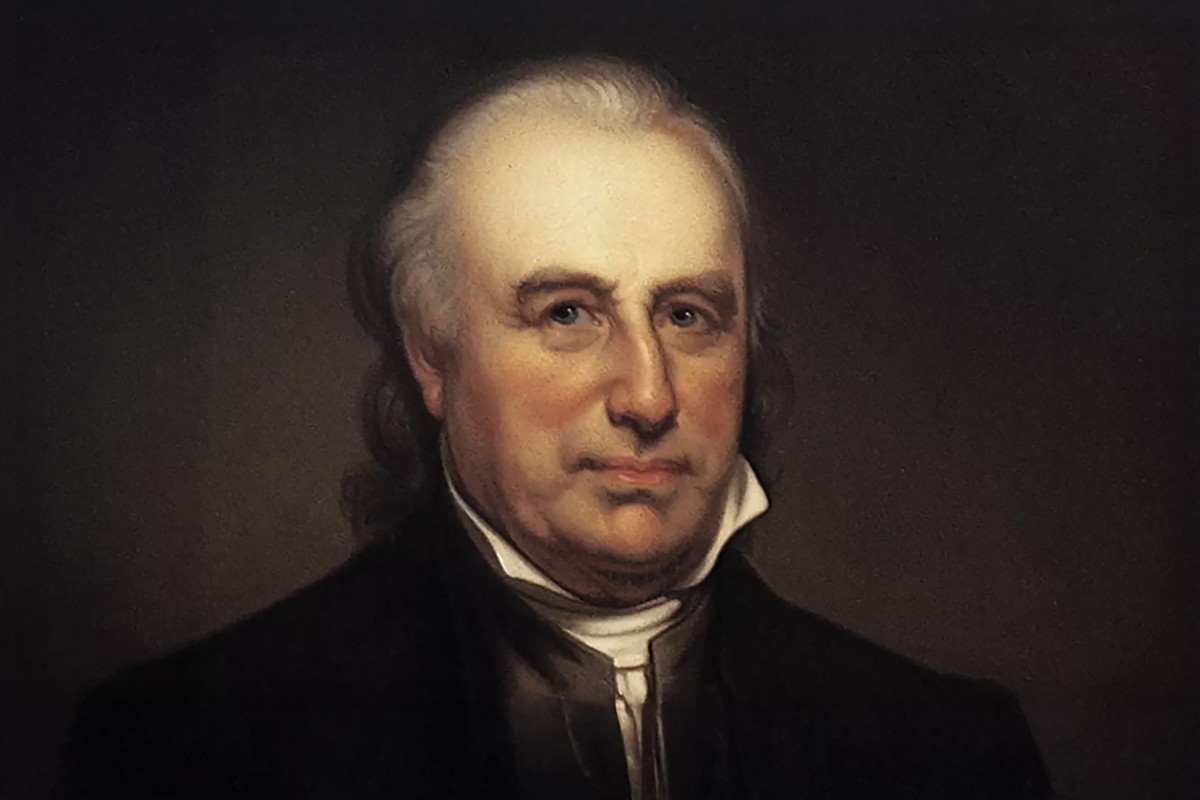William Rotch Jr. (1759–1850)
Carrying forward the vision of his father and grandfather, William Rotch Jr. (1759–1850) shaped New Bedford not only through commerce, but through lasting civic contributions. After moving from Nantucket around 1789, he built his home on County Street in 1791 — a house that still stands today as part of the Mariners’ Home complex.
From this residence, William managed an impressive fleet of vessels in the sperm whale fishery, including the Barclay, Braganza, Diana, and Eliza. His influence extended far beyond business: in 1810, he helped found the Quaker Friends Academy School, and in 1825 became the first president of the New Bedford Institution for Savings. His investments in education and finance helped anchor New Bedford’s growth during a time of rapid change.
Though born a Quaker, William’s wealth and public prominence eventually distanced him from the stricter “Old Light” tradition. His family, including daughter Sarah Rotch Arnold, would later align with the “New Light” Quakers and eventually the Unitarians — a shift that reflected broader social changes in 19th-century New Bedford.
William Rotch Jr.’s legacy remains tied to the very heart of Johnny Cake Hill, where the Mariners’ Home and Seamen’s Bethel together honor the city’s maritime and civic history.

